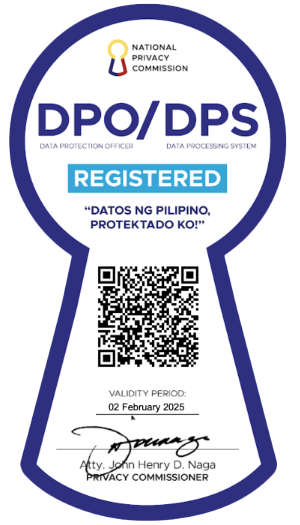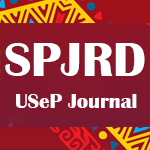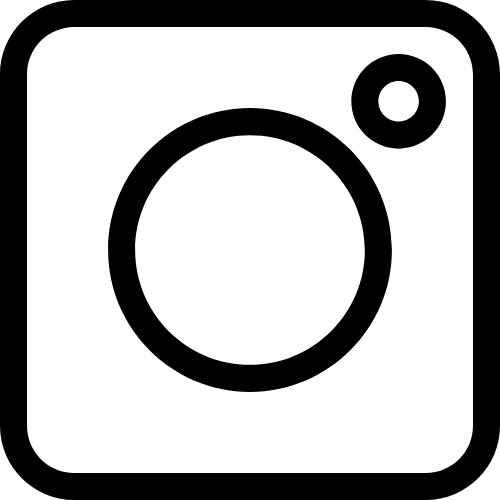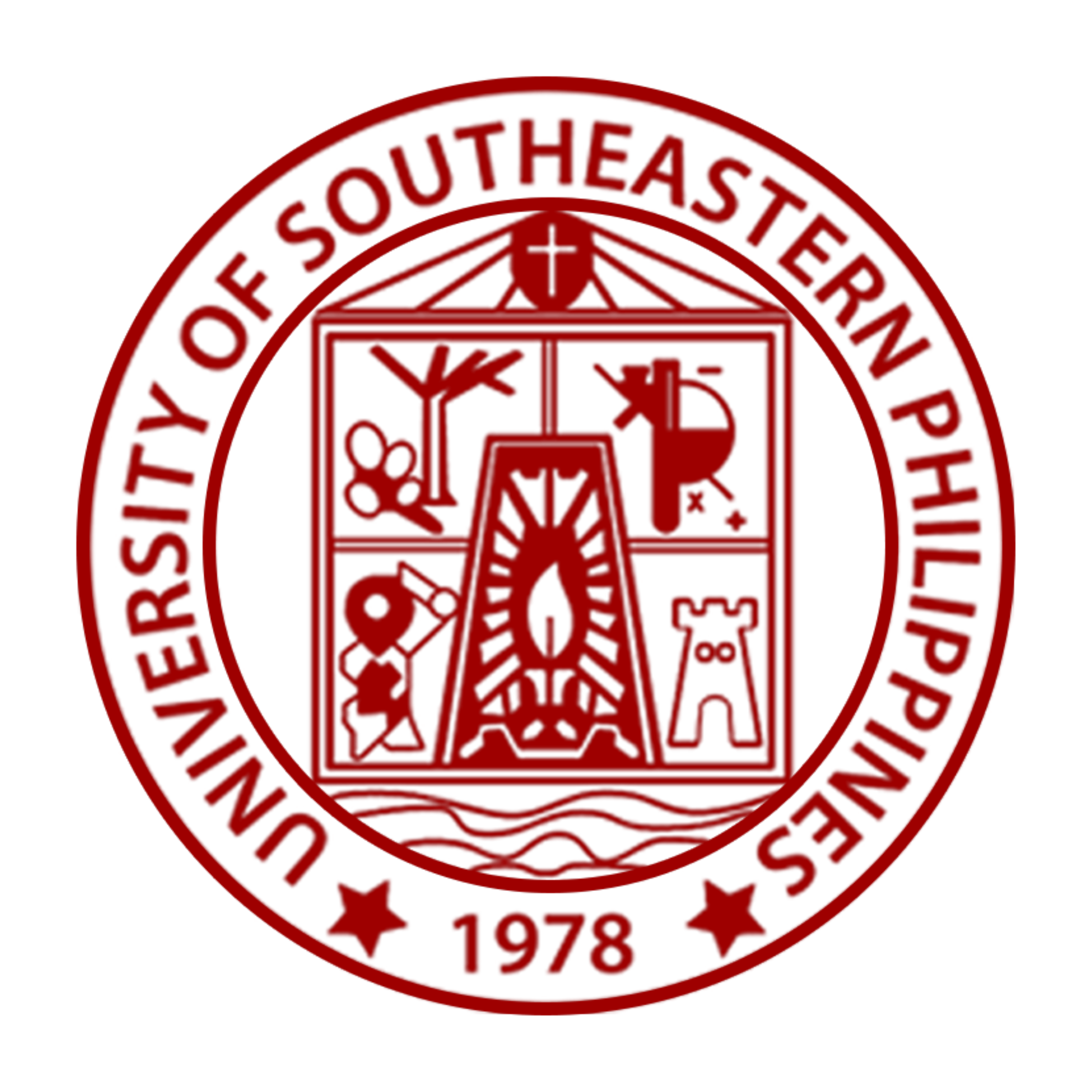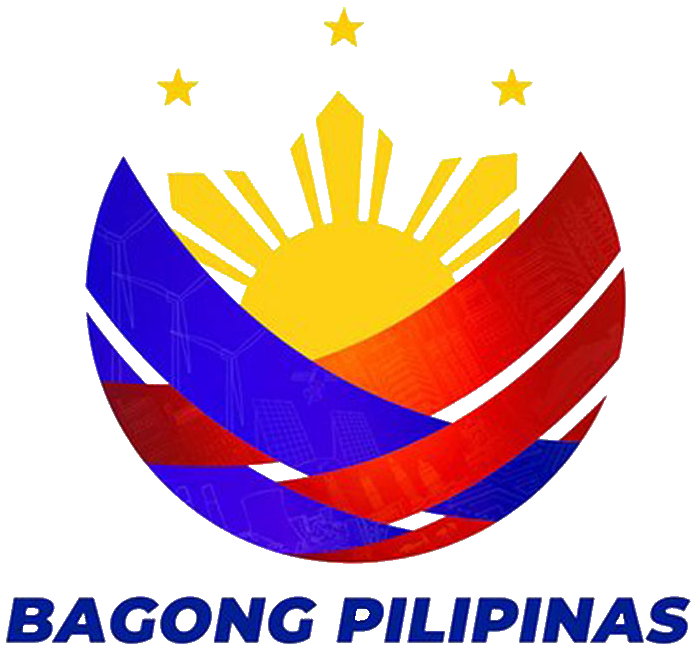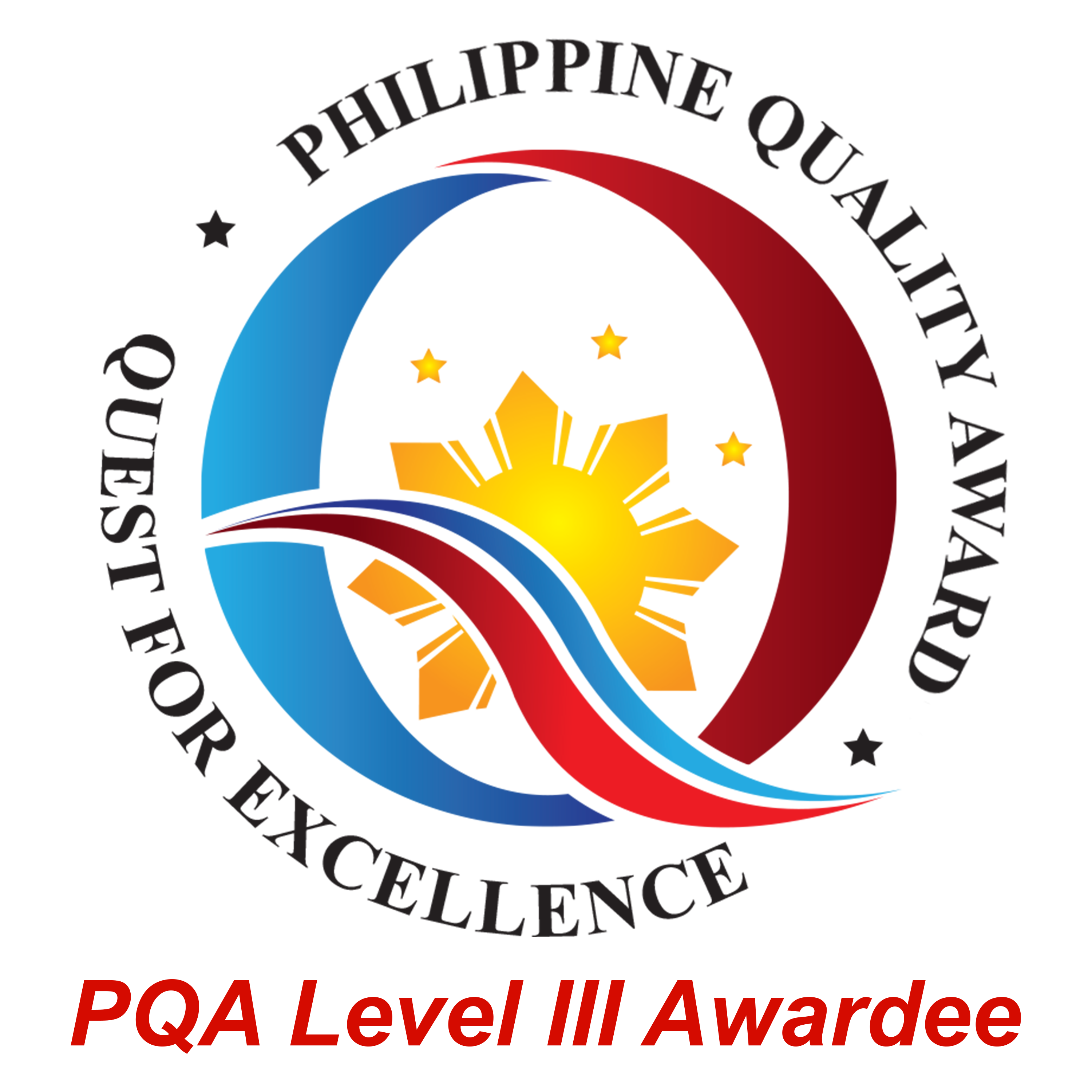Academic Programs
The College of Information and Computing is dedicated to achieving the highest possible standards of educational excellence and global quality.
In light of this, the College shall:
- provide effective governance and high-quality instruction in accordance with the total quality management system based on national and international standards;
- foster a culture of research that is congruent with the overall mission of the university;
- contribute significantly to sustainable community transformation; and
- respond to the demands and challenges of production by engaging in intellectual activity and producing creative works.
Undergraduate Programs
Bachelor of Science in Information Technology
A very common question people ask is “What’s the difference between computer science and information technology?”. These differences fall into professional and curricular categories.
At the professional level, the computer scientist tends to view computing from the computer’s viewpoint. The computer scientist tends to build and extend the underlying technology, while the information technologist tends to apply available technology to solve real-world problems for people. The computer scientist tends to be motivated by the computer itself, by how it works under the hood, while the information technologist is motivated by using the computer as a tool to solve problems for people. Another way of describing the difference is that the information technologist identifies a need for technology, which the computer scientist then creates, and which the information technologist finally helps people to use effectively.
At the curricular level, information technology differs from computer science in many respects. First, there is a stronger emphasis on programming in computer science than in information technology. Information technologists certainly build software applications, and programming is certainly a critical skill in IT, but the style of programming in Information Technology differs from that in Computer Science. The typical IT project involves gluing together available components in high-level environments and providing an accessible interface to the functionality of those components provided. The typical computer science application involves writing large programs from scratch using traditional programming languages and focusing on software architecture, data structures, and algorithm development issues. Computer science also requires significantly more math and science than information technology, mainly because extending the underlying technology requires a more thorough mathematical foundation than applying that technology.
LIST OF PROSPECTUS
LIST OF CORE FACULTY
- Ivy Kim D. Machica
- Tamara Cher R. Mercado
- Nancy S. Mozo
- Leah O. Pelias
- Ariel Roy L. Reyes
- Hermso J. Tupas Jr.
LIST OF ALLIED FACULTY
- Hobert A. Abrigana
- Cheryl R. Amante
- Cristina E. Dumdumaya
- Randy S. Gamboa
- Jamal Kay B. Rogers
- Vera Kim S. Tequin
- Maureen M. Villamor
LIST OF LECTURERS
Bachelor of Science in Computer Science
A very common question people ask is “What’s the difference between computer science and information technology?”. These differences fall into professional and curricular categories.
At the professional level, the computer scientist tends to view computing from the computer’s viewpoint. The computer scientist tends to build and extend the underlying technology, while the information technologist tends to apply available technology to solve real-world problems for people. The computer scientist tends to be motivated by the computer itself, by how it works under the hood, while the information technologist is motivated by using the computer as a tool to solve problems for people. Another way of describing the difference is that the information technologist identifies a need for technology, which the computer scientist then creates, and which the information technologist finally helps people to use effectively.
At the curricular level, information technology differs from computer science in many respects. First, there is a stronger emphasis on programming in computer science than in information technology. Information technologists certainly build software applications, and programming is certainly a critical skill in IT, but the style of programming in Information Technology differs from that in Computer Science. The typical IT project involves gluing together available components in high-level environments and providing an accessible interface to the functionality of those components provided. The typical computer science application involves writing large programs from scratch using traditional programming languages and focusing on software architecture, data structures, and algorithm development issues. Computer science also requires significantly more math and science than information technology, mainly because extending the underlying technology requires a more thorough mathematical foundation than applying that technology.
LIST OF PROSPECTUS
LIST OF CORE FACULTY
- Hobert A. Abrigana
- Cheryl R. Amante
- Cristina E. Dumdumaya
- Randy S. Gamboa
- Vera Kim S. Tequin
- Maureen M. Villamor
LIST OF ALLIED FACULTY
- Ivy Kim D. Machica
- Tamara Cher R. Mercado
- Nancy S. Mozo
- Leah O. Pelias
- Ariel Roy L. Reyes
- Jamal Kay B. Rogers
- Hermso J. Tupas Jr.
LIST OF LECTURERS
Bachelor of Library and Information Science
A very common question people ask is “What’s the difference between computer science and information technology?”. These differences fall into professional and curricular categories.
At the professional level, the computer scientist tends to view computing from the computer’s viewpoint. The computer scientist tends to build and extend the underlying technology, while the information technologist tends to apply available technology to solve real-world problems for people. The computer scientist tends to be motivated by the computer itself, by how it works under the hood, while the information technologist is motivated by using the computer as a tool to solve problems for people. Another way of describing the difference is that the information technologist identifies a need for technology, which the computer scientist then creates, and which the information technologist finally helps people to use effectively.
At the curricular level, information technology differs from computer science in many respects. First, there is a stronger emphasis on programming in computer science than in information technology. Information technologists certainly build software applications, and programming is certainly a critical skill in IT, but the style of programming in Information Technology differs from that in Computer Science. The typical IT project involves gluing together available components in high-level environments and providing an accessible interface to the functionality of those components provided. The typical computer science application involves writing large programs from scratch using traditional programming languages and focusing on software architecture, data structures, and algorithm development issues. Computer science also requires significantly more math and science than information technology, mainly because extending the underlying technology requires a more thorough mathematical foundation than applying that technology.
LIST OF PROSPECTUS
LIST OF CORE FACULTY
- Annacel B. Delima
- Gresiel E. Ferrando
- Cindy S. Moldes
- Francis Andrian S. Sanico
- Eula Mae N. Templa
LIST OF ALLIED FACULTY
- Hobert A. Abrigana
- Cheryl R. Amante
- Ivy Kim D. Machica
- Cristina E. Dumdumaya
- Randy S. Gamboa
- Tamara Cher R. Mercado
- Nancy S. Mozo
- Leah O. Pelias
- Hermoso J. Tupas Jr.
- Ariel Roy L. Reyes
- Jamal Kay B. Rogers
- Vera Kim S. Tequin
- Maureen M. Villamor
LIST OF LECTURERS
Master of Library and Information Science
MSLIS is the study of issues related to libraries. This includes academic studies (most often surveys) about how library resources are used and how people interact with library systems. These studies tend to be specific to certain libraries at certain times. The organization of knowledge for efficient retrieval of relevant information is also a major research goal of MSLIS. Basic topics in MSLIS include acquisition, cataloging, classification, and preservation.
LIST OF PROSPECTUS
MLIS Prospectus
LIST OF CORE FACULTY
- Gresiel E. Ferrando
- Cindy S. Moldes
LIST OF ALLIED FACULTY
- Cristina E. Dumdumaya
- Randy S. Gamboa
- Ivy Kim D. Machica
- Tamara Cher R. Mercado
- Leah O. Pelias
- Ariel Roy L. Reyes
- Maureen M. Villamor
LIST OF LECTURERS
Master in Information Technology
Admission Requirements:
- Student entering the Master in Information Technology (MIT) program must have an undergraduate or industry preparation that would have exposed the student to programming concepts and skills as well as the design and operation of IT infrastructure and its components. Undergraduate preparation maybe in any of the following ITE fields: BSCS, BSIT, BSIS and its allied courses.
- 1. Submit two(2) copies of Transcript of Record (photocopy only) and Honorable Dismissal (original) inside a sealed envelop
- 2. Submit two (2) pcs of long brown envelope.
- 3. Photocopy of Marriage Contract (for married women only)
Graduation Requirements:
- Finished 36 units of graduate-level courses broken down as follows: 12 units IT Core Courses, 18 units Specialization Courses, and 6 units Capstone
- Presented capstone project in a national or international public forum.
PROSPECTUS
LIST OF CORE FACULTY
- Ivy Kim D. Machica
- Tamara Cher R. Mercado
- Leah O. Pelias
- Ariel Roy L. Reyes
LIST OF ALLIED FACULTY
- Randy S. Gamboa
- Cristina E. Dumdumaya
- Maureen M. Villamor
LIST OF LECTURERS
Doctor in Information Technology
BACKGROUND
Introduction
The Doctor in Information Technology (DIT) program is among the post-graduate programs of Information Technology Education (ITE) identified in CHED Memorandum Order No. 07, Series of 2010 otherwise known as Revised Policies, Standards, and Guidelines for Graduate Program Information Technology Education. It is believed that human resources expertise in information technology is one of the most central advantages of the country and boosting this capability through offering graduate programs is one of the more successful ways of doing it.
Description of the Program
This program supports and is aligned to the current direction of the University of Southeastern Philippines (USeP) to reposition itself as a leading research university in the country. The College of Information and Computing as a Center of Development for Information Technology Education (COD-ITE) also aims to improve its strategic objectives in research and research training. In particular, it is expected that the CIC faculty members improve the quality of training by providing a new track for outstanding individuals who wish to undertake research-based in professional practice.
The DIT program intends to address the demand for a post-graduate program in Information Technology Education in the country and in particular the Mindanao Region. The program targets a variety of qualified individuals who wish to enhance their knowledge and improve their professional practice on information technology through the project and higher degree research. The current IT educators and IT staff as well as other IT specialists who want to upgrade their qualification, gain expertise in present issues in information technology, and willing to undertake significant research are the targeted students of this course. The DIT program belongs to the professional track as defined in the said CMO. It focuses on industry research with a combination of doctoral-level coursework.
LIST OF PROSPECTUS
LIST OF CORE FACULTY
- Ivy Kim D. Machica
- Tamara Cher R. Mercado
- Leah O. Pelias
- Ariel Roy L. Reyes
LIST OF ALLIED FACULTY
- Randy S. Gamboa
- Cristina E. Dumdumaya
- Maureen M. Villamor


